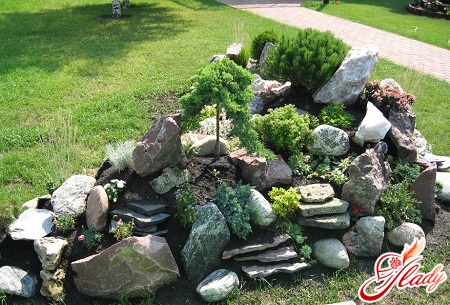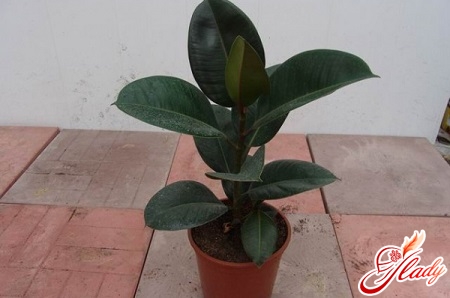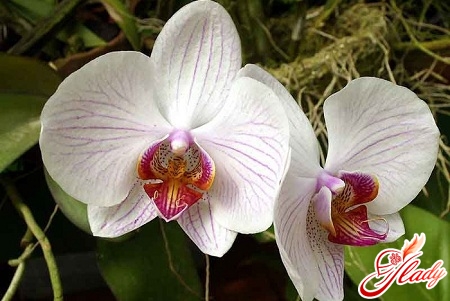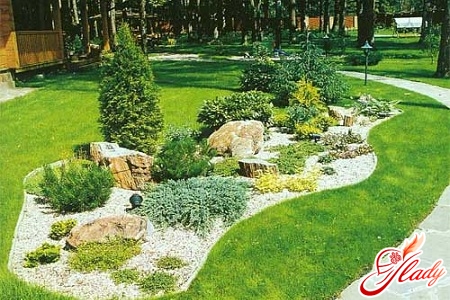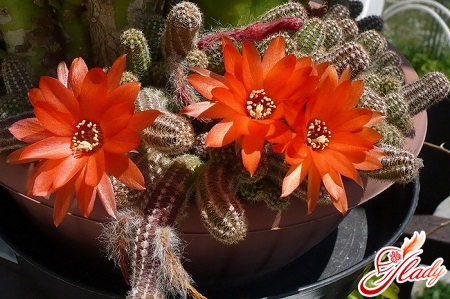 Cacti are unpretentious plants.Growing them is a pleasure. And how unusually they bloom! Anyone who has seen this miracle at least once will never refuse to have it in their home. Caring for cacti is not difficult even for a novice gardener. But you still need to know some features. For example, this plant has many varieties, but not all of them are suitable for growing at home. In this article, we will look at the most popular species and tell you how to properly care for them.
Cacti are unpretentious plants.Growing them is a pleasure. And how unusually they bloom! Anyone who has seen this miracle at least once will never refuse to have it in their home. Caring for cacti is not difficult even for a novice gardener. But you still need to know some features. For example, this plant has many varieties, but not all of them are suitable for growing at home. In this article, we will look at the most popular species and tell you how to properly care for them.
Types of home cactus
- Opuntia
These cacti are native to America, Canada andMexico. Nevertheless, they feel great on the windowsills of flower growers. Not very capricious, but gorgeously flowering plants give their owners a lot of positive and pleasant emotions;
- Heliosporus Mallison
With proper care, it blooms in the second year of life. It produces large buds that look like daisies. The spines of this cactus are large and very sharp.
- Hameterius
Very unpretentious. Inexperienced gardeners prefer it. It blooms with large red flowers, starting from the third year of life;
- Epiphyllums
A rather unusual variety of cactus.As the flower matures, it acquires a "disheveled" and frightening appearance due to stems sticking out in different directions. But it blooms wonderfully - the size of the bud can reach the size of a tea saucer;
- Spectacular Rebution
A miniature plant of spherical shape, releasing many babies. It blooms with small flowers, which cover the entire stem;
- Mamillaries
The most popular type among gardeners. Already in the first year of life, the plant begins to bloom. The shade of the buds can be different. After flowering, beautiful red fruits are formed;
- Lemarzereus
Very delicate, susceptible to many diseasesplant. In nature, lemerocereus can grow up to seven meters in height, which is almost impossible at home. Not every gardener can take care of it;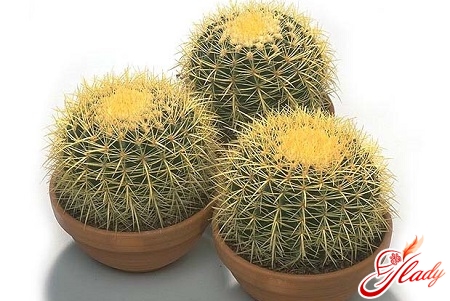
Planting cacti
These plants do not like large pots.To make caring for cacti easier and more convenient, choose square polystyrene containers with pull-out trays. The depth of the pot depends on the size of the plant's root system. The width should be 1.5-2 times the diameter of an adult flower. Cacti are very picky about the soil. The slightest discrepancy with their tastes and preferences can delay the blooming of the flower for several years. Under ideal conditions, cacti bloom once a year, 1-2 years after planting. The soil for cacti is calculated in proportions of 1:1 and consists of the following components: earth, leaf humus, sandstone or coarse-grained river sand. To achieve a slightly acidic composition, peat is added, making up 1/2 of the sand. A drainage layer - expanded clay or gravel - is required. Before planting, the soil is steamed in order to prevent infection of the plant. Planting cuttings are disinfected with a special solution purchased in the store. After disinfection, the cutting must be dried to avoid rotting. The best place for cacti is a window sill on the sunny side of the room. It is not recommended to place the plants far from the window. They will stretch towards the sun, which will lead to deformation of the stem. In this position, the cacti will not bloom for a long time. With the onset of winter, the plants must be removed to a cool place, for example, to the balcony or to the hallway. During these months, cacti are dormant and do not need any special care.
Watering and fertilizing
In order for the cactus to feel good, it is necessaryto create an imitation of desert conditions for it. That is, water rarely, but very abundantly. The time of watering is always individual - as the soil in the pot dries out. Usually watering is done once every three months, usually - March, July and October. In winter, cacti are not watered at all. The water should be at room temperature, settled, and even better - purified by a filter. Plants are fed from October to March. Fertilizers should be purchased only in professional stores. They are diluted in irrigation water. The proportions are indicated on the packaging, as is the frequency of use.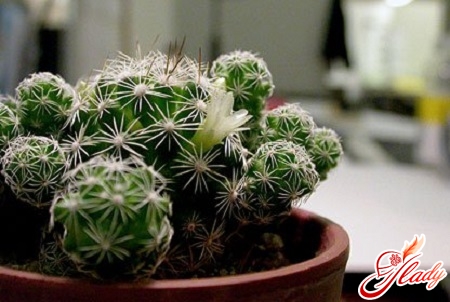
Reproduction of cacti
Cacti are propagated by cuttings, shoots or seeds. Let's consider each method in more detail.
- Cuttings or babies
The simplest and most common option,which involves dividing the rudiment of a new rhizome. To do this, take the plant out of the pot, soak the roots in water and separate the budded section. Then transplant it into a small pot. Care for the babies is normal.
- Shoots
A complicated method. It requires sufficient experience. The shoot is cut in a certain place, then placed in a disinfectant solution for three days and only then transplanted into the ground;
- Seeds
It is better to buy seeds in stores, becausePlants grown indoors are capable of cross-pollination. The seeds must be placed in a weak solution of potassium permanganate for two hours. After this, the seeds are laid out on a thin layer of soil and covered with the same soil. It is not recommended to use a nutrient mixture. After germination, the babies are placed in a pot, care is carried out in the standard way. Cacti grown from seeds at home may never bloom.
Cacti diseases
- Aphid
The main enemy of cacti is aphids. To get rid of them, you need to wet an old toothbrush in a soap solution and carefully clean all the affected areas.
- Mealybug
Quite a serious disease, so herespecial care is required. Mealybugs can only be exterminated with an insecticide, which can be purchased in specialized flower shops. The preparation is poisonous, so cacti should be handled with gloves;
- Spider mite
He really doesn't like chamomile infusion.Prepare the solution in the usual way: pour 25 grams of chamomile flowers with a glass of boiling water, let it brew for 4 hours and spray the plant twice a day from a spray bottle;
- Rotting of roots
This is the reason for frequent watering.The steps are simple: remove the cactus from the pot, wash the rhizome, dry it and place it in another pot with new compost. Reduce watering to twice a year. As you can see, caring for cacti is not particularly difficult. Following all the above tips, you will definitely make friends with this beautiful plant. And it will definitely delight you with flowers of fabulous beauty. We recommend reading:




